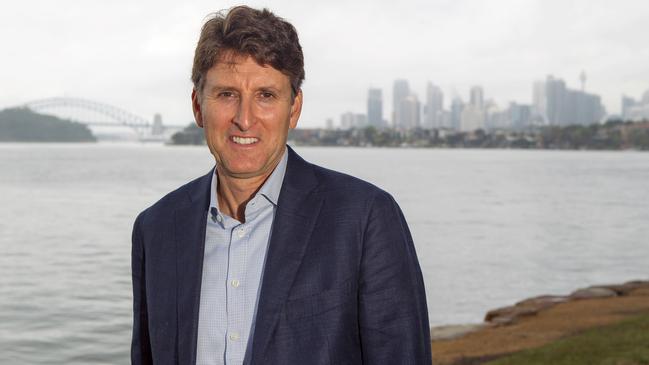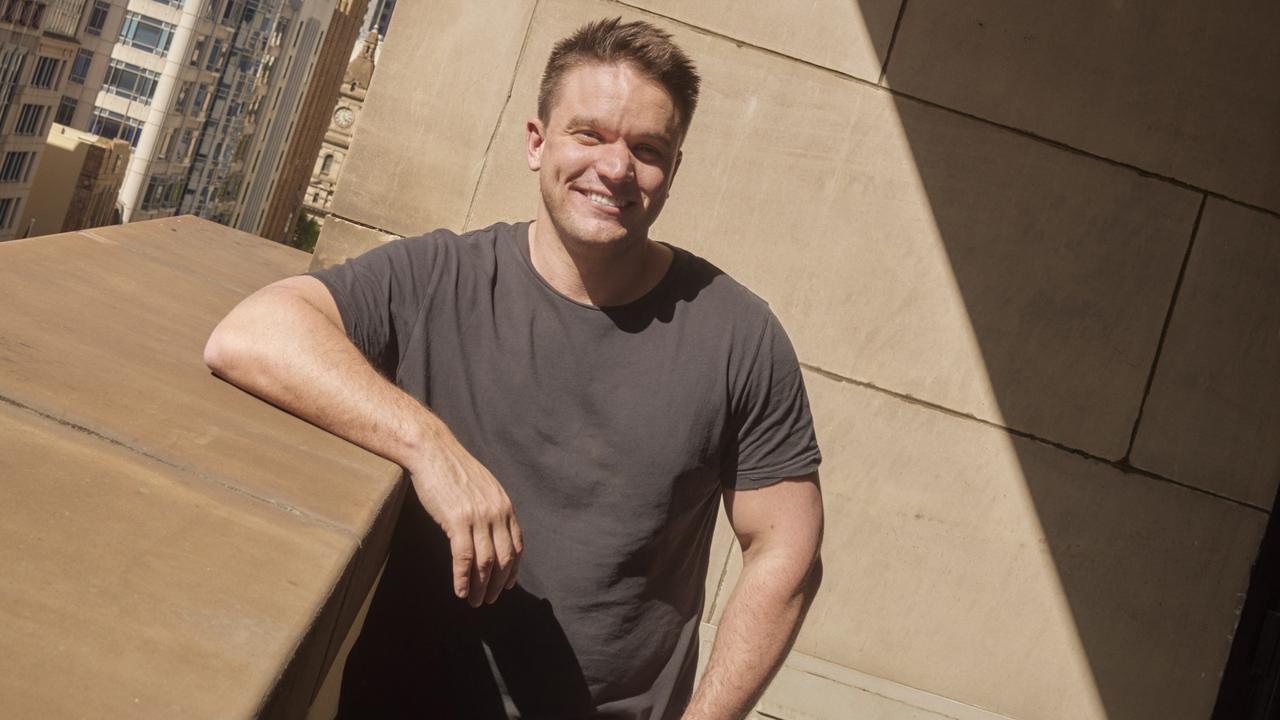How AI can help in the battle against burnout

It’s clear why improving outcomes in this area should be a top priority. Just this week, two separate reports were published highlighting the escalating pace of work and current state of mental health across Australia’s workplaces. The findings are unequivocal: deliberate actions are required.
A report from the Corporate Mental Health Alliance Australia (CMHAA) found that a staggering 46 per cent of Australian employees reported experiencing burnout in 2024, up from 44 per cent in 2022.
Burnout is characterised by symptoms such as physical and mental exhaustion, detachment from work, cynicism and feelings of inefficacy. These can have far-reaching impacts on an employee’s workplace performance and personal life, as overall business performance is dragged down.
As chair of the CMHAA, alongside CEO Kim Hamrosi, we recognise that human resources or work, health and safety functions cannot carry sole responsibility for preventing burnout. Leaders across all sectors must enable meaningful change by viewing wellbeing as core to business operations and integral to organisational risk management and legal obligations. It makes good business sense; improved employee wellbeing results in higher performance and productivity.
Microsoft also released our annual Work Trend Index report this week. This year’s report focuses on how AI is reshaping work and upending traditional organisational structures.
What stood out to me was the Microsoft 365 telemetry data. It revealed that employees are interrupted every two minutes by meetings, emails or pings during their typical workday.
This shows the ongoing pressure on our leaders and employees to deliver more with less. While 47 per cent of surveyed leaders say productivity must increase, 79 per cent of employees (and leaders) say they lack enough time or energy to do their work.
It’s undeniable that generative AI has delivered real productivity gains since it was introduced into workplaces. Most users report time savings of an hour per day and improvements in the quality of their work. Many also say using AI tools makes their work more fulfilling. However, the current approach to AI is not enough. The speed of business is still outpacing the way we work, and burnout rates continue to rise.
Will a greater embrace of AI help reverse the trend? That depends on how it is used. The Work Trend Index discusses the emergence of “frontier firms” – organisations with advanced AI maturity and organisation-wide adoption that see agentic AI as key to return on investment.
Surveyed workers at these frontier firms were more than twice as likely to say they can take on additional work, and have more opportunities to do meaningful work. So it’s possible to see from the data that using AI to reduce the time spent on draining, menial tasks could improve mental health outcomes.
The CMHAA report also explores rates of absenteeism and presenteeism, which are commonly used as indicators of workforce wellbeing or burnout.
It found employees who reported work-related stress had an estimated 28.6 days per year of presenteeism, which is when they are physically functioning but not at their best. The incidence of burnout is also higher among this group, clocking in at 69 per cent.
Many Microsoft customers in Australia are also exploring how AI could bring about change in these areas. One customer in the public sector reported a 10 per cent reduction in absenteeism among Microsoft 365 Copilot users in the first six months of usage. This is meaningful given the financial pressure that high absenteeism can place on an organisation.
Another customer, accounting services provider Grant Thornton, recognised the need for its people to access more “recharge time”, prompting the business to introduce a nine-day fortnight. Employees can access their recharge time if they meet their weekly goals, and Copilot was introduced to help them do it.
So far, the initiative is working. Grant Thornton employees with a Copilot licence recorded 15.63 per cent more recharge hours on average than they did the year before the AI tool was introduced.
However, technology alone can’t drive the performance improvements all business leaders are looking for.
CMHAA’s report provides several actions organisations can take to address burnout. Among these, the opportunity presented by AI to redesign roles at high risk of burnout, such as those involving low control, a high volume of work, and little recognition or challenge. There is also the “human” element – the most frequently rated positive impacts at work reported were support from and relationships with colleagues and managers and flexibility in work arrangements. We must invest in these areas.
The complexity of economic, technological and regulatory changes further highlight the importance of integrating mental health into the core of business strategies. Executives are called on to make mental health a priority at the board and senior leadership levels, as it is a direct contributor to operational performance.
Ultimately, creating mentally healthier workplaces directly affects Australia’s productivity and economic health. At a time of heightened competition, global uncertainty and low productivity, it is more essential than ever to be strategic and deliberate in these investments.
Steven Worrall is managing director of Microsoft Australia and New Zealand.



As we prepare to head to the polls on Saturday, mental health is featuring prominently in policy promises and ideas from the major parties and independent candidates.